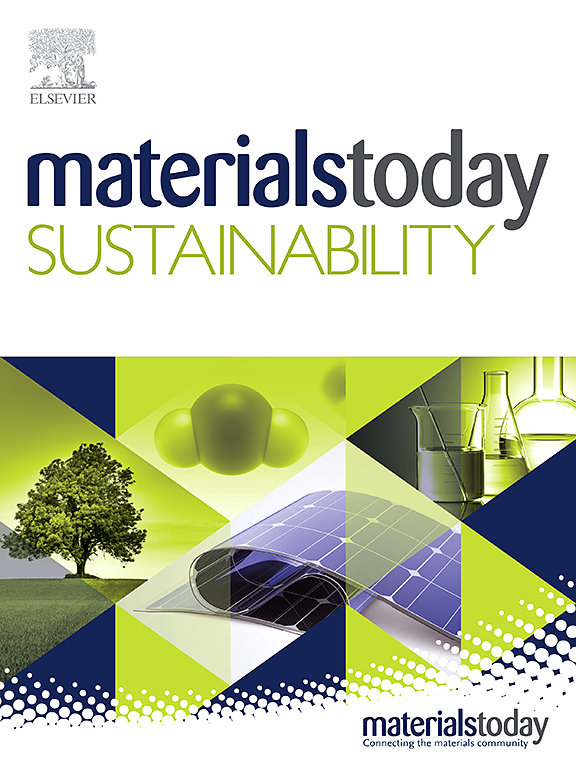Operating temperature and electrical efficiency of a photovoltaic panel cooled by laminar water film flowing on its front face: Experimental and numerical approach
IF 7.1
3区 材料科学
Q1 GREEN & SUSTAINABLE SCIENCE & TECHNOLOGY
引用次数: 0
Abstract
The cooling of PV panel by water flowing on its front face was investigated in this work. This study proposes explicit correlations that calculate the operating temperature of the water-cooled PV panel. To do this, two thermal and electrical models were developed. The thermal model is based on thermal balances carried out on each layer (Glass, silicon and tedlar) of the PV panel. This led to coupled equations that were solved by the CFD calculation code (Ansys Fluent). The operating temperature of the PV panel in uncooled and water-cooled situations was then determined. However, the single-diode electrical model was adapted to evaluate the electrical efficiency from the current and voltage intensities delivered by the PV panel for each situation. Both models were then validated against data provided by an experimental setup. Simulations were then carried out over several days. They show that the average efficiency improvement of the water-cooled PV panel was about 11.5% during a day. Then, for various operating conditions of solar radiation, air temperature, wind speed, water temperature and flow rate, we established correlations that evaluate the operating temperature of the water-cooled PV panel.
求助全文
约1分钟内获得全文
求助全文
来源期刊

Materials Today Sustainability
Multiple-
CiteScore
5.80
自引率
6.40%
发文量
174
审稿时长
32 days
期刊介绍:
Materials Today Sustainability is a multi-disciplinary journal covering all aspects of sustainability through materials science.
With a rapidly increasing population with growing demands, materials science has emerged as a critical discipline toward protecting of the environment and ensuring the long term survival of future generations.
 求助内容:
求助内容: 应助结果提醒方式:
应助结果提醒方式:


